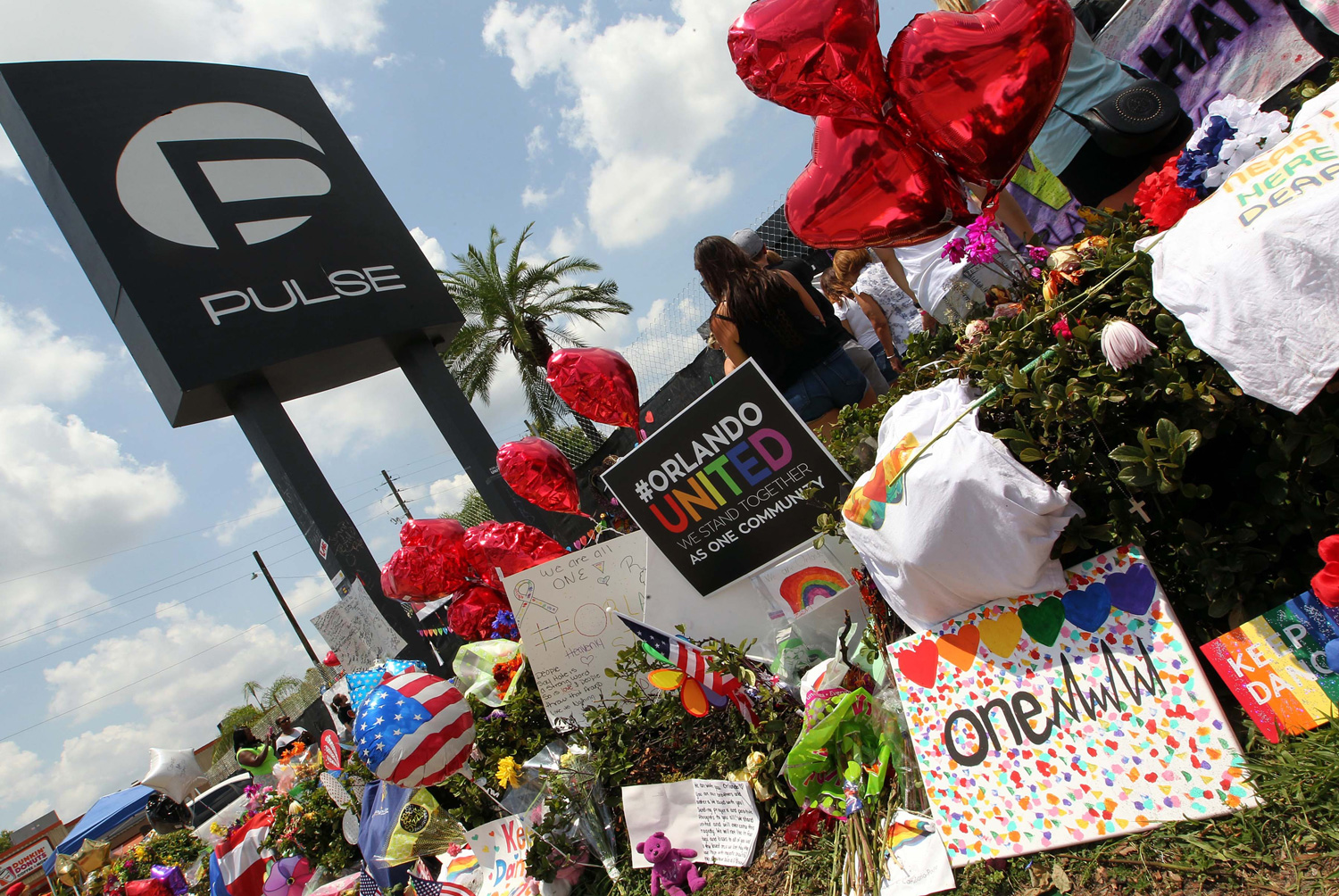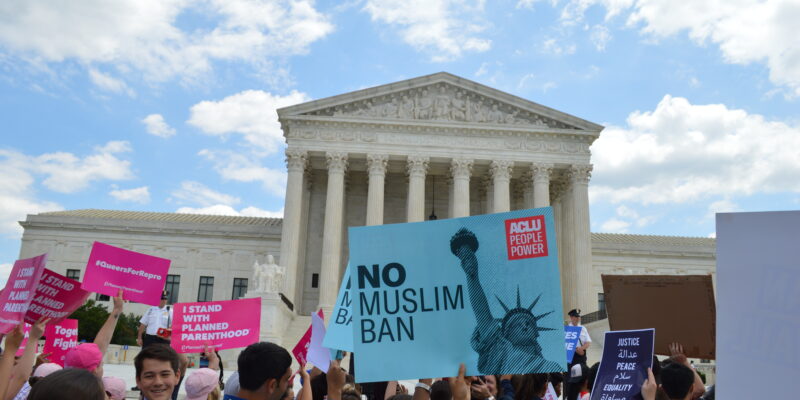
Executing a Crisis Communications Plan: A Case Study About the Pulse Nightclub Shooting
Our previous blog post, “Prep for a Crisis Before It Hits: A Guide to Creating an Organizational Crisis Communications Plan,” established that having a crisis communications plan in place before a crisis happens can save a lot of headache and make for better and quicker solutions.
The New America Foundation recently released a report that perfectly showcased why having a plan is so important. The report, “War and Tweets: Terrorism in America in the Digital Age,” delves into the Pulse Nightclub Shooting in Orlando in June 2016, and how government officials executed a thoughtful, practiced, crisis communications plan to share critical information with the public in a measured, orderly way.
The whole report is well-worth the read, here are some of the points that are critical, using our previous blog post as a framework:
1. Define a Crisis
To begin with, the principal players involved have to agree on the importance of preparatory planning and be committed to a thoughtful division of labor. Well before the Pulse attack, Orlando city officials had considered varying scenarios and were already on board with the need for a crisis communications plan.
Prior to 2015, they had developed plans about how to communicate with the public about natural disasters.
But after seeing the social and civil unrest following Michael Brown’s shooting in Ferguson, Missouri, officials knew they needed to plan for other kinds of crises. In 2015 they roped in public information officers and the city’s communications team to establish a new plan.
Not only did city officials have a plan in place, they practiced executing this plan in simulations, making sure that in the event that a crises did strike their city, they knew what to do.
This infrastructure was instrumental to the way that city officials were able to quickly and clearly communicate with the public about the Pulse Nightclub Shooting.
2. Assign Staff to Key Crisis Communications Roles
City officials held the first press conference about the Pulse shooting five hours after the attack began. They agreed that Orlando Mayor John “Buddy” Dyer should speak first to ease the public and set the tone for peace and support, rather than jump right into with the law enforcement response.
The city’s police chief, U.S. Rep. Alan Grayson (D-Fla.), and Sen. Bill Nelson (D-Fla.) also spoke to provide information and comfort to victims, their loved ones, and the citizens of Orlando.
Perhaps most notably, city officials – concerned about potential anti-Muslim sentiment in the wake of the attack – invited Imam Muhammed Musri, the president of the Islamic Society of Florida, to also speak at the press conference.
3. Clearly Define How Staff Will Relay Information
Who communicates what information
In Orlando officials’ simulated activities, they decided that if a future crisis was about a hurricane, the city’s Twitter and Facebook accounts would be the ones to share the latest information. If the crisis was about civil unrest, it would be the police department. So, in the case of the Pulse Nightclub Shooting, it was the police department accounts would be the ones providing the latest news. This allowed Orlando officials to operate according to a plan, rather than spending critical time discussing the merits of the varying approaches. That time-saving move allowed them to be more in control of what information they released, where, and when.
Additionally, the city of Orlando established a website that published victims’ names to more quickly connect a victim’s loved ones with law enforcement, again giving officials control over the information coming out.
In addition to officials reporting via the Orlando police department’s Twitter page, Pulse Nightclub used their own Facebook account to urge club goers to “get out and run”. Many of the first details of the attack were communicated via social media by club goers still inside the nightclub.
Local vs. national story
Since the Pulse Nightclub shooting was considered a terrorist attack, the federal government was closely involved in the investigation. This meant a much more complicated process for releasing information and maintaining order – a process that required cooperation in communications tactics among the various agencies involved.
Similarly, since this was such a big story, national media was also covering the shooting, in addition to local coverage. As such, reporters were all racing to work their sources, find new angles, and communicate quickly with the public.
Local reporters didn’t have the same connections with federal officials as the national media, so, understanding they had limited resources, they focused more on local, personal angles for their stories. Had they spent all of their time and energy chasing federal sources, a large, important part of the story would be missing. Because of this decision, the public could learn about the blocks-long lines to donate blood, the inclusive and supportive vigils, and other important stories coming out of the Orlando community.
4. Run Through the “Preparing for a Crisis Before It Happens” Checklist
Thinking through the varying forms of communication that would be required, Orlando looked beyond social media and established multiple channels. The city established a phone line specifically for the public and media to ask questions and for them to provide information.
City officials speaking at press conferences quickly figured out the order in which they’d speak and with what messages, ensuring a sense of calm, order, and inclusivity in the wake of the attack.
Importantly, city officials practiced such a crisis response through simulations, so that when a crisis did hit the city, they were well-prepared to execute this communications plan.
Creating crisis communications plans prepares organizations for the unexpected. In the case of the Pulse Nightclub shooting, having a preplanned way to disseminate information allowed Orlando to make for faster and smoother decisions, restoring a sense of safety and order in the community and minimizing misreporting.
What does your organization’s crisis communications plans include? Tweet us @rethink_media and let us know!


